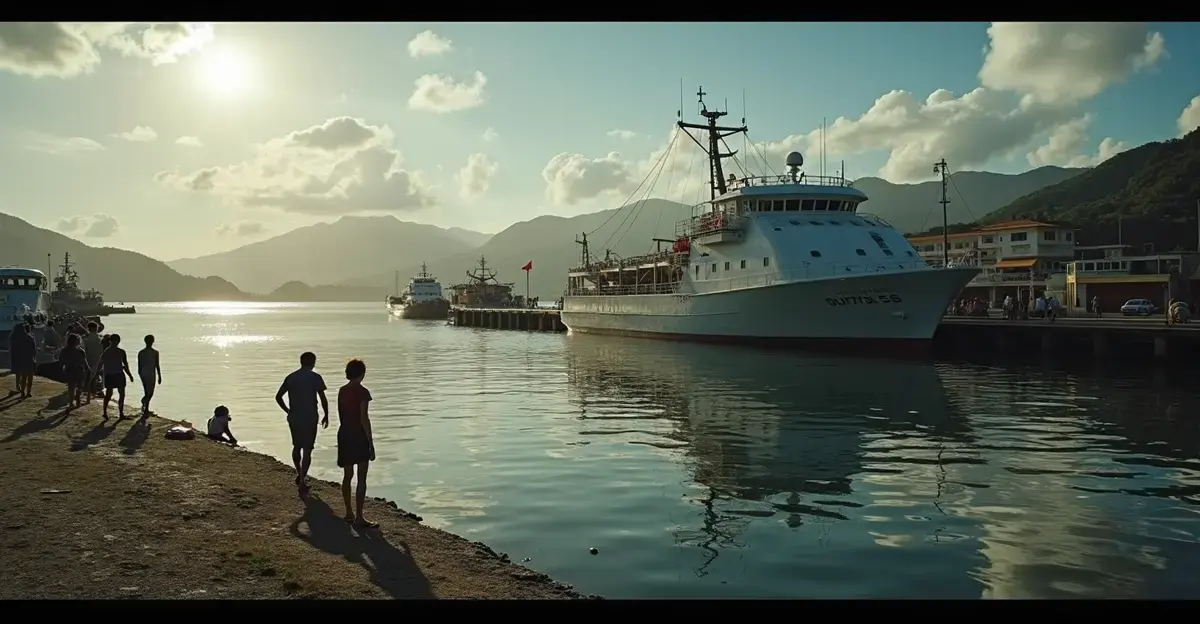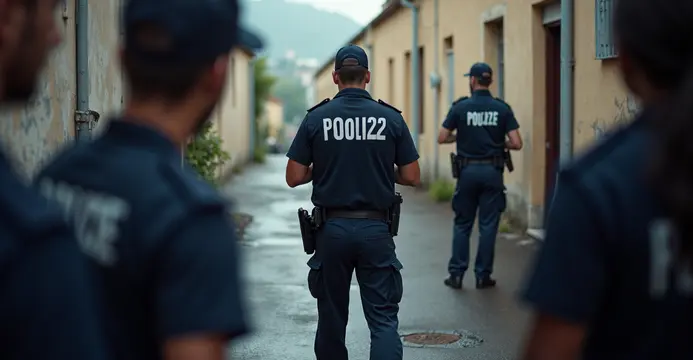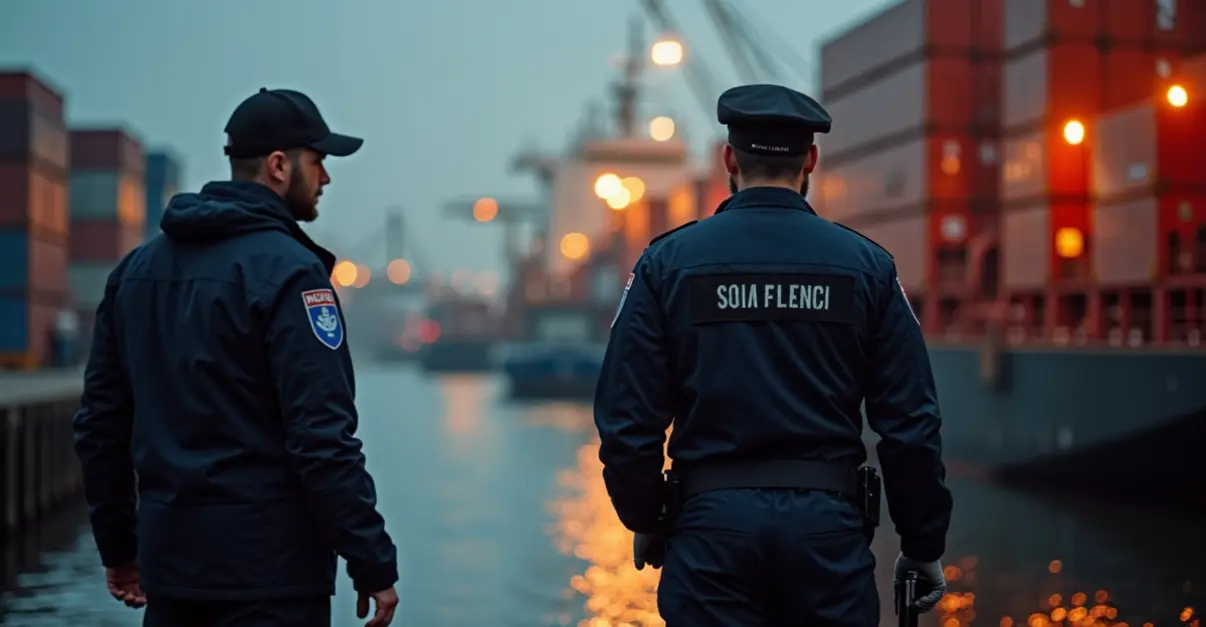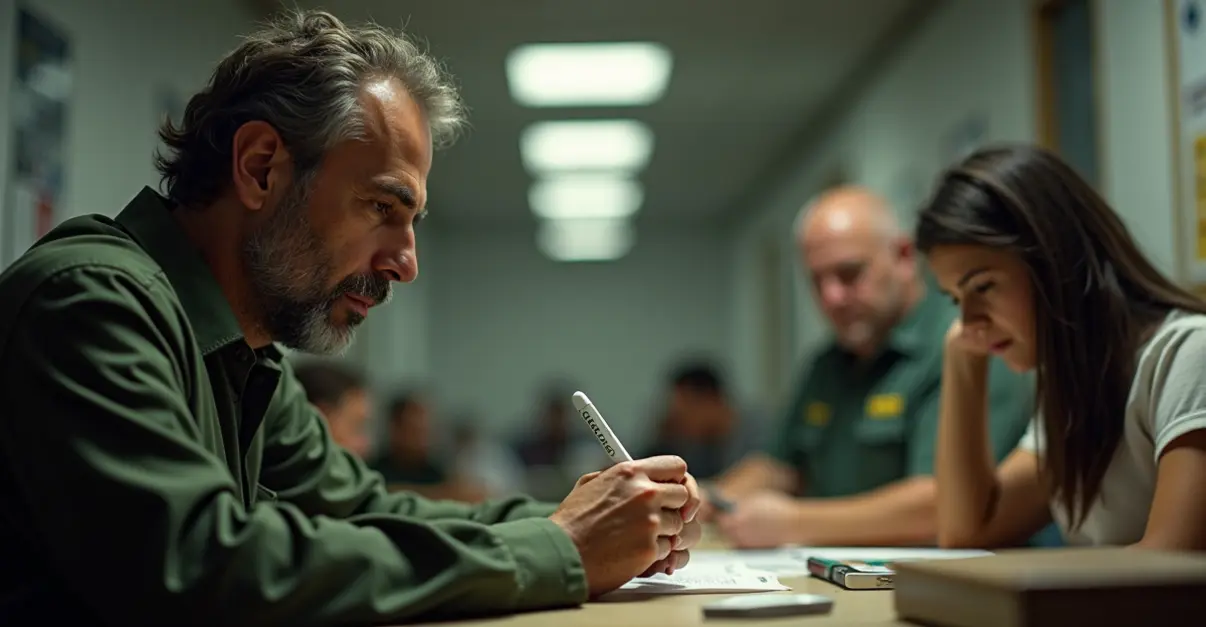Costa Rica's tourist paradise is becoming a major cocaine transit hub to Europe, with violence spiking 53% since 2020. The Moín port serves as key gateway, while economic desperation makes youth vulnerable to cartel recruitment.

Tourist Paradise Becomes Drug Trafficking Hub
With its pristine white beaches, turquoise Caribbean waters, and lush jungles teeming with wildlife, Costa Rica has long been celebrated as Central America's premier tourist destination. However, this tropical paradise is facing a dark transformation as international drug cartels increasingly exploit the country's strategic location and port infrastructure to smuggle massive quantities of cocaine to European markets.
The Moín Port Gateway
The opening of the modern Moín Container Terminal in 2019 has fundamentally changed Costa Rica's role in international drug trafficking. Located just outside the Caribbean city of Limón, this state-of-the-art facility has become a primary conduit for cocaine shipments bound for Europe. 'The Moín port has become the perfect transit point because of its efficient operations and the time-sensitive nature of fruit exports,' explains security analyst Maria Fernandez. 'Drug traffickers hide cocaine in secret compartments within containers carrying bananas and pineapples, knowing these perishable goods receive expedited customs clearance.'
Recent international operations have revealed the staggering scale of this trafficking network. In June 2025, Costa Rican authorities working with European counterparts dismantled a criminal organization that had smuggled over five tons of cocaine to Europe through the Moín terminal. The operation, codenamed 'Purge' internationally and 'Embassy Case' domestically, resulted in 37 arrests across Costa Rica, Spain, Germany, Portugal, and Belgium.
Violence Spikes as Cartels Move In
The arrival of major drug cartels, particularly Colombia's notorious Clan del Golfo, has brought unprecedented violence to Costa Rica. According to official government statistics, murders increased by a staggering 53 percent between 2020 and 2023, reaching a record 907 homicides in 2023. This year is on track to surpass that grim milestone.
'The government invests too little in our police force. Until 2024, we actually received less funding every year,' says Randall Zuñiga, director of Costa Rica's investigative police. 'There's insufficient border control, inadequate monitoring of cocaine arriving from the Pacific coast, and not enough programs to keep young people on the right path.'
Youth Vulnerability and Economic Desperation
The human cost of this drug epidemic is most visible in communities like Limón, where unemployment and poverty rates are the highest in Costa Rica. Alric Alrun, a high school teacher in the city, has witnessed firsthand how economic desperation makes young people vulnerable to criminal recruitment.
'Today's youth want everything quickly - a car, a new phone,' Alrun explains. 'They come from families where parents often can't afford university. They become easy prey for gangs.' Tragically, Alrun has personal experience with this violence - his cousin Jairel was killed by a rival gang after being lured by the promise of quick money. In the past two years, Alrun has lost three other students to drug-related violence.
The automation at the new Moín port and APM Terminals has ironically worsened the employment situation, with many local workers losing their jobs to technology and subsequently turning to drug trafficking for income.
International Response and Future Outlook
European authorities have been working closely with Costa Rican counterparts to combat this growing threat. Europol has been involved in dismantling sophisticated trafficking routes where cocaine is concealed within frozen yucca shipments and other legitimate food exports. The international cooperation has yielded significant results, with multiple tons of cocaine intercepted both in Costa Rica and at European ports.
Despite these efforts, police director Zuñiga remains pessimistic about the immediate future. 'Things might need to get worse before they get better,' he reflects. 'So that people wake up and realize: this is not the Costa Rica we want.'
Authorities emphasize that the violence primarily affects poorer neighborhoods rather than tourist areas, but they acknowledge the potential risk to Costa Rica's international reputation. 'If a tourist gets hit by a stray bullet, Costa Rica's image could be seriously damaged,' Zuñiga warns.
As Costa Rica grapples with this complex challenge, the country faces the difficult task of preserving its tourism industry while combating the powerful criminal networks that have found an ideal transit route through its territory.

 Nederlands
Nederlands
 English
English
 Deutsch
Deutsch
 Français
Français
 Español
Español
 Português
Português








